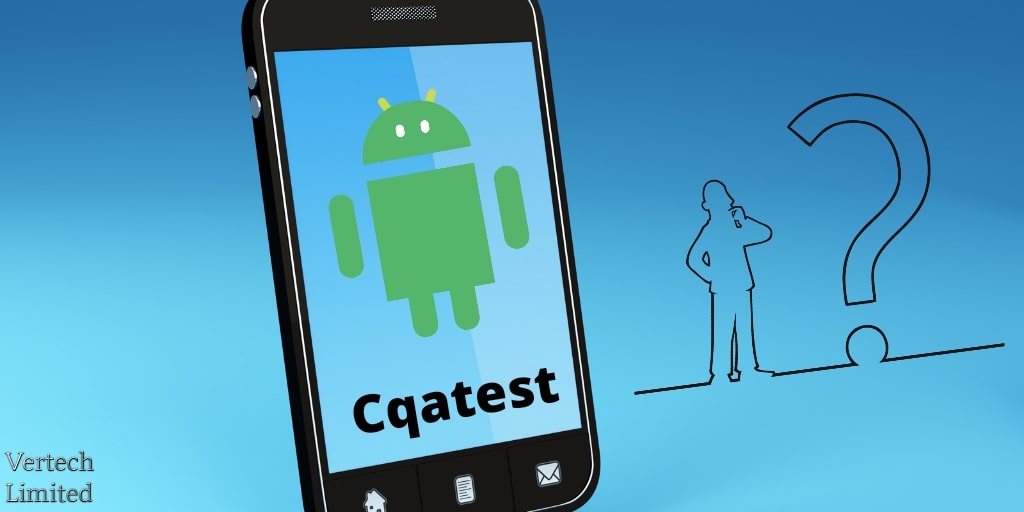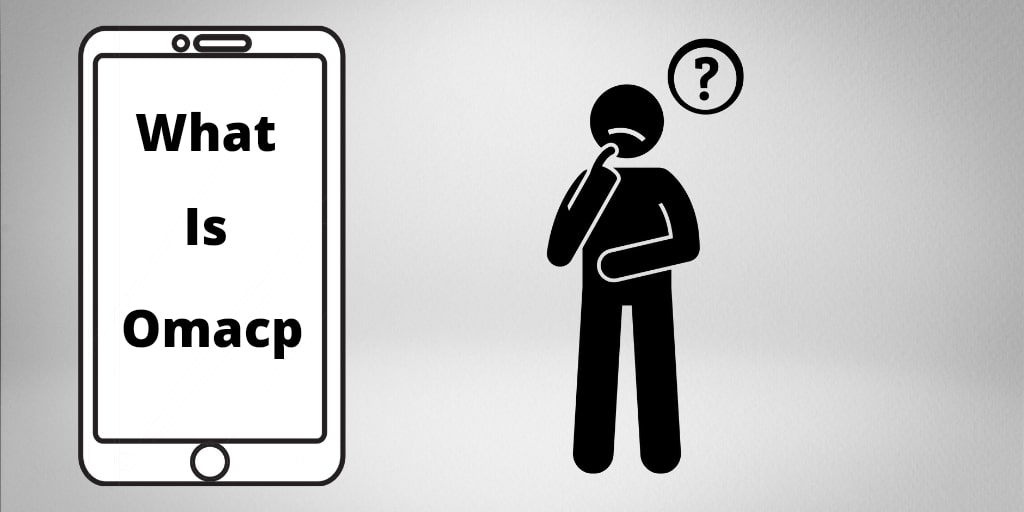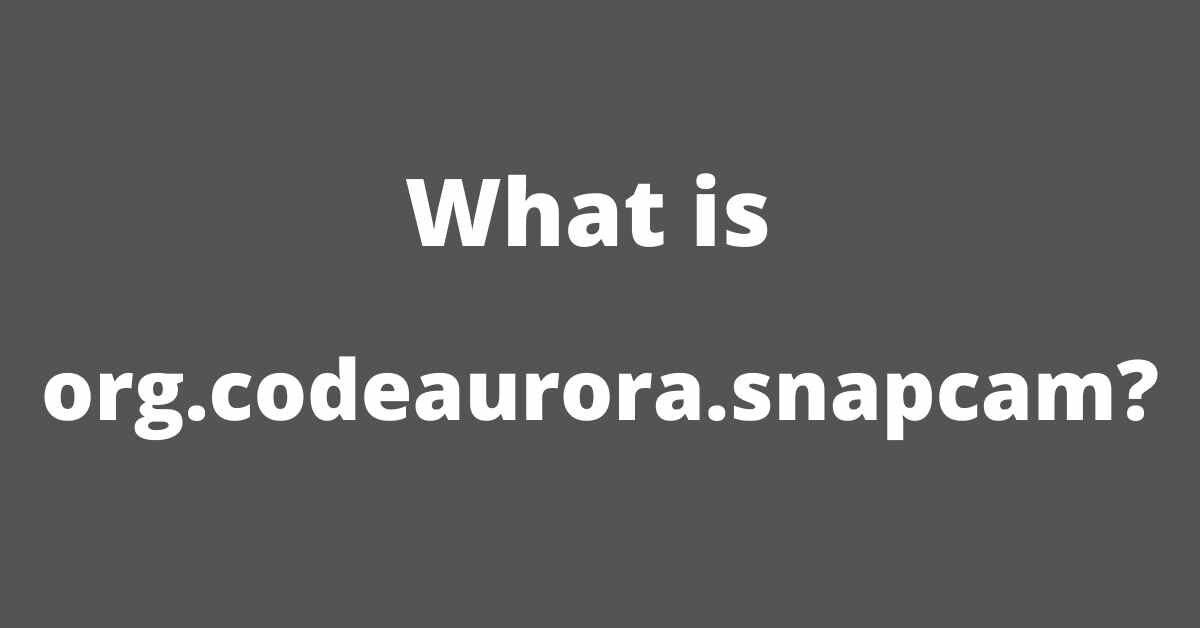Business
Target Audience and Sign Design: A Surefire Combo to Increase Business ROI

Defining the target audience is a crucial aspect of distilling a brand, regardless of whether it’s a personal brand, a company brand, or a hybrid of the two. It is because identifying your target audience will guide you in knowing where and how to focus your sales and marketing efforts. When you have a clear understanding of your target audience, it becomes easier to create an image and message that resonates with them.
The Definition of Target Audience
The term “target audience” refers to a specific group of individuals that a brand aims to reach and engage with through its products or services. It could be defined by various factors, such as age, gender, interests, geographic location, or behavior. To distill your target audience, you need to consider these factors and analyze data related to your existing customer base, competition, and industry trends.
Once you have a clear understanding of your target audience, you need to focus on three key elements to help your brand stand out: differentiation, relevance, and credibility. Differentiation refers to what sets your brand apart from the competition, while relevance relates to how your brand meets the needs and wants of your target audience. Finally, credibility refers to the trustworthiness and authority that your brand has established in the eyes of your target audience.
How to Define Your Target Audience
Defining a target audience is a crucial process that involves creating buyer personas, and it requires several steps to complete successfully. Here are the key steps involved:
- Take a look at your current customers. Your current customer base can provide valuable insights into your target audience. By collecting data on their demographics, such as age, gender, location, hobbies, income bracket, and more, you can identify patterns and characteristics that will help you understand your target audience better. This way, you can find out what works for you and what doesn’t.
- Learn more about recent trends and research your competitors. To understand where your brand fits in the industry and who needs your products or services, you must research market trends and analyze your competitors. This will help you identify the gaps in the market and figure out how you can differentiate yourself from the competition. Google Analytics is a powerful tool that can help you learn more about how users navigate your website, which can be incredibly useful in developing your buyer personas.
- Know who isn’t part of your target audience. Sometimes, it’s easier to define your target audience by figuring out who it isn’t. Eliminating groups of people who don’t fit your desired audience makes it simpler to focus your marketing and sales efforts on the correct groups.
- Continuously refine and alter your target audience. It’s essential to continuously refine and alter your target audience as needed. This means being aware of industry trends and changes in your product or service offerings and making adjustments accordingly. Reevaluating your buyer personas periodically ensures that you’re always targeting the right people effectively.
To define your target audience, there are several online resources available, such as those from Hubspot, Marketing Evolution, and marketing expert Neil Patel.
Impressing Your Target Audience With the Use of Custom Signs
When it comes to signage design, targeting your audience refers primarily to the aesthetic or visual branding of your business. Your target audience should influence your logo, color schemes, and font preferences, and these design elements should be incorporated into your signage as it is the most critical aspect of your visual branding. In addition, there are numerous other design elements to consider.
Designing your signage with your target audience in mind will help ensure that your sign builds brand trust with them. Here are some key elements to keep in mind when designing a sign.
Font
The shape and size of a sign’s font can have a more significant impact than most people realize. Viewers subconsciously associate certain fonts with specific emotions. For example, Comic Sans font can evoke fond childhood memories because of its rounded, sans-serif letters, indicating almost childish lettering (although it may not be suitable for most professional settings). On the other hand, a bold serif font, such as Baskerville, conveys strength, confidence, professionalism, and decorum. Such a font may be more appropriate for a bank or law firm.
On-Premise Signs notes that “an upward slant in a line of text is often associated with positive attributes, and a downward slant may indicate negativity.” The authors also suggest that thin letters convey simplicity, while thicker letters suggest self-confidence and boldness. Finally, they advise caution when using all capital letters as it typically indicates pretentiousness. Considering these researched emotions brought on by specific fonts increases the likelihood of attracting your target audience. What emotions does your sign’s font evoke?
Color
Color psychology plays a significant role in the effectiveness of your sign with your target audience. On-Premise Signs, an informational textbook, associates specific emotions with basic colors based on psychological research. For instance, red is commonly linked with excitement, which explains why it is frequently used for alerts or warnings. Meanwhile, blue is associated with calmness, which is why banks and hospitals prefer it.
The colors of a brand should invoke the emotions that the business wants its customers to associate with the brand.
Logo
Arguably, the most critical aspect of a business’s visual branding is its logo. The logo is a vital part of your sign because it helps customers understand what the business is and what it values.
Although the sign’s color and font are both crucial in catching your target audience, it is the logo that often brings the “wow” factor. This is largely because, according to The Signage Sourcebook, “symbols and logos are read much more quickly than words” (p. 71). Logos enhance sign conspicuity because viewers don’t have to “read” the sign to understand it. A logo that accurately represents your company will increase the value of your sign for your business.
Enhance Your ROI with High-Quality Signage
When it comes to designing custom signs, visual brand standards are just one aspect to consider. Research conducted by The Sign Research Foundation has shown that signage design plays a critical role in boosting your return on investment (ROI). The study found that 54% of participants were unable to locate a business due to poor signage, while 33% were attracted to a store by its signage. Furthermore, 38% of participants made quality assumptions about a business based on its signage.
Moreover, younger generations, who are soon to become the primary consumers and decision-makers, are particularly drawn to businesses with high-quality signage and make quality assumptions based on it.
Defining your target audience is the first step in designing an effective sign. You can then determine the key features, such as color, font, and logo, that will communicate your brand’s values, purpose, and overall identity. Collaborating with signage experts can further improve the effectiveness of your sign, ultimately leading to a higher ROI. And who wouldn’t love to get more value for their money?
-
Blog1 year ago
MyCSULB: Login to CSULB Student and Employee Portal – MyCSULB 2023
-
Android App3 years ago
Cqatest App What is It
-
Android1 year ago
What Is content://com.android.browser.home/ All About in 2023? Set Up content com android browser home
-
Software2 years ago
A Guide For Better Cybersecurity & Data Protection For Your Devices
-
Latest News2 years ago
Soap2day Similar Sites And Alternatives To Watch Free Movies
-
Android2 years ago
What is OMACP And How To Remove It? Easy Guide OMACP 2022
-
Android3 years ago
What is org.codeaurora.snapcam?
-
Business2 years ago
Know Your Business (KYB) Process – Critical Component For Partnerships





















